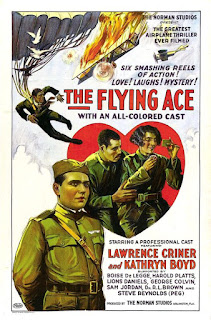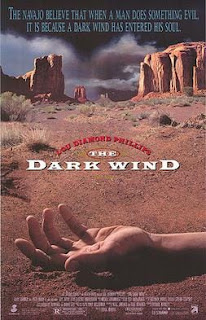Burnout is Real and New Year's Resolutions
I've really dropped off the map with this blog in recent years due to a few major life circumstances, including miscarriages and job loss. I figure I will record my journey in a series of blog posts, poems, and short essays as I attempt to navigate my issues and write more for the blog. I have been continually working on academic articles and chapters along with editing fiction and hopefully working on my own book proposals for an edited collection and for a possible music/film book. I always have so many ideas, but my follow-through has been lacking. Here are my proposals and goals for 2024: 1. Rework my Green Day 33 1/3 proposal in hopes of publishing some of it. Perhaps, I might put it on the the blog like I did with my Drive-By-Truckers Southern Rock Opera attempt a few years ago. 2. Write and publish a CFP on my favorite television show of the past few years for a possible edited collection. 3. Finish the two chapters for edited collections that I am currently working on. 4.


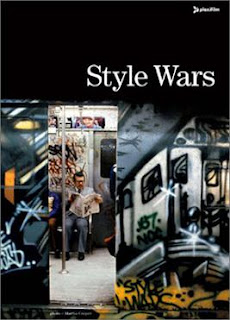
.jpg)












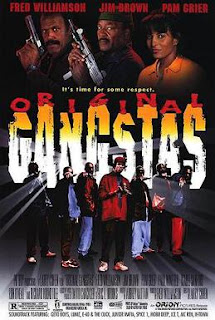



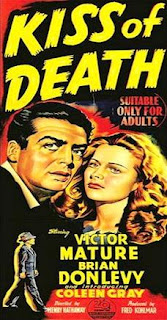
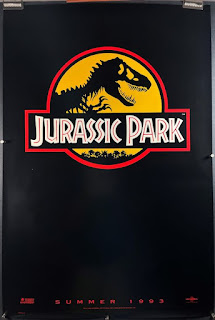


.jpg)
